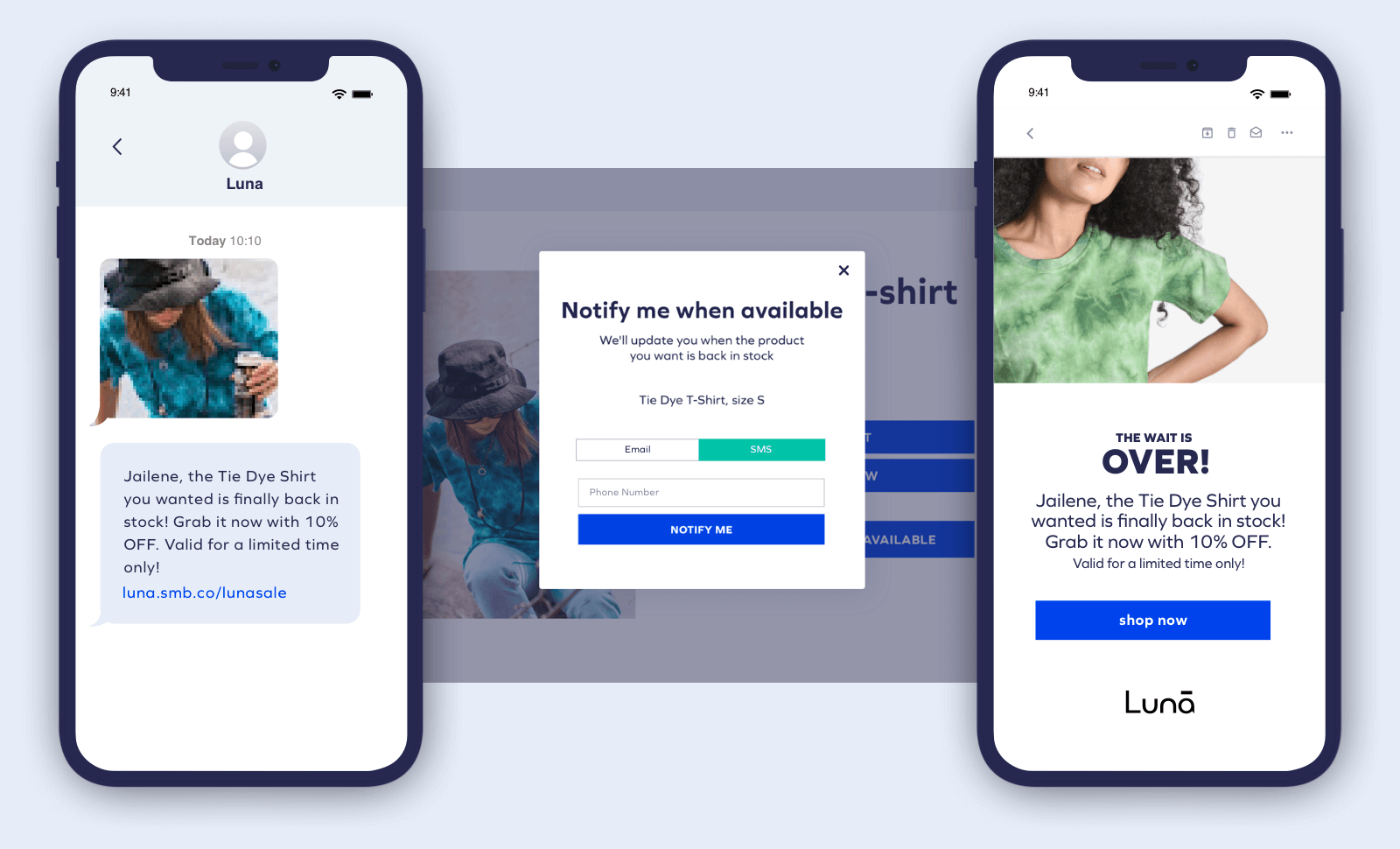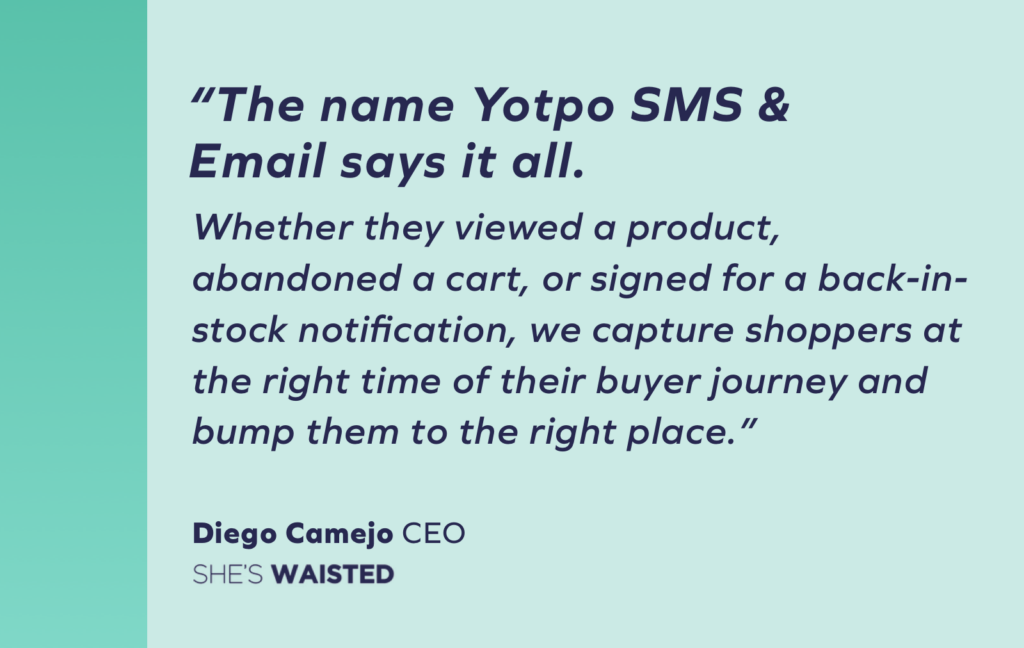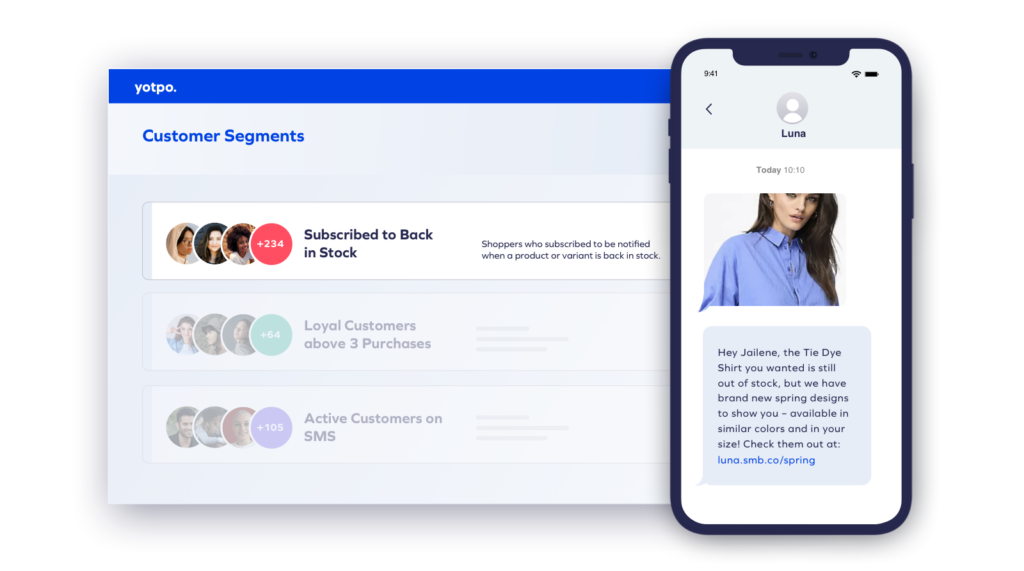Sky-high customer acquisition costs and ongoing privacy changes are two of the hottest topics in eCommerce today. Brands of all sizes are trying to figure out the best ways to get in front of more shoppers and get more products into their hands, all while keeping revenue higher than spend.
Let’s say you succeed and have a potential customer right where you want them to be: browsing your product pages. They choose an item, select their size and color, but uh-oh… it’s out of stock! This is a lose-lose situation for both you and the shopper, resulting in more than just an incomplete purchase — inventory issues can also lead to lower customer satisfaction, damage to your brand’s reputation, as well as an overall decline in business growth.
It’s an all too common occurrence. In 2022, more than half of global eCommerce shoppers reported being unable to purchase products due to out-of-stocks, according to a survey by Statista.
With supply chain issues continuing to impact inventories on a global scale, the number of out-of-stock messages received by eCommerce shoppers is continuing to rise too. Consequently, it has become that much more important for brands to think of new and creative ways to bring shoppers back to their stores once products are available for purchase again.
What is out-of-stock and why does it happen?
When an item is out of stock, or there’s a stockout, it means that merchants have an inventory issue and can’t meet the demands for a specific product.
Supply chain disruptions, high transportation and warehouse costs, cash flow limitations, inaccurate forecasts, unforeseen spikes in consumer demand, and discrepancies in inventory data are some of the main causes of inventory struggles for eCommerce brands.
Out of stock, out of mind
According to Retail Dive, out-of-stocks can cost retailers a whopping $1 trillion in global sales, $144.9 billion in North America alone.
To make matters worse, 31% of shoppers surveyed by the Harvard Business Review said they would buy from another store when faced with a stockout. After the third out-of-stock situation, this number soars to 70%.
Fortunately, a solid marketing strategy can keep customers from straying and help prevent lost sales. Follow these tips to ensure customers are converting even when you encounter inventory challenges.
How to retain customers when facing inventory issues
Effective communication
Not being able to buy the product you want is never a good experience, but timely and personalized communication can help ease customers’ frustration.
In today’s digital age, modern shoppers prefer to communicate with their favorite brands via SMS and email, and this is your best chance at reaching them. Leverage these two top-performing channels to address any inventory issues that arise, alert shoppers when items they want are back in stock, and keep satisfaction and sales high.
Bring shoppers back to purchase with back-in-stock triggered flows
Out of stock means lost revenue and disappointed customers. Luckily, a timely back-in-stock notification can fix both of these problems in no time and on autopilot. How? Automated SMS and email flows that are opportunely orchestrated to be sent out to inform shoppers once their favorite item is available for purchase. Best of all, these messages will take them directly to your store’s product or checkout page with a single click or tap on their phone for an even easier shopping experience.

How it works: If one or more of your products is out of stock, a pop-up will appear on the product page, driving shoppers to leave a phone number and/or an email address, depending on how they want to be approached later on. You can fully customize the look and feel of the pop-up to match your brand persona.
The added benefit? Whenever a shopper signs up for a back-in-stock notification, they automatically become part of your SMS and email marketing programs. Not only are you capturing customers’ intent and understanding which products they are interested in, but you’re also simultaneously growing your subscriber base.
Worried about notifying subscribers that a product is available, and then not being able to meet the demand? Well… don’t be. With Yotpo SMS & Email’s advanced flow features, you can set up the minimum quantity of a product required to send back-in-stock notifications, the number of subscribers to notify per restocked unit, and the maximum waiting time to ensure relevancy and higher conversion rates.
She’s Waisted was one of the first Yotpo brands to adopt Back-in-Stock automated messages as part of their overall SMS marketing strategy. Together with other triggered flows, the brand achieved an impressive 123x ROI.

Bonus tip: Pair your Back-in-Stock SMS and email flows with Click-to-Buy to bring customers straight to checkout with the desired product (or a specific variant of it) already in their cart to shorten the path to purchase and boost conversions.
Back-in-Stock flows not only help brands effectively communicate inventory issues and bring shoppers back to purchase, but they can also help predict order volumes more precisely and properly track inventory. With back-in-stock reporting, you can keep an eye on which products are most sought after and therefore valuable to your customers, helping you prioritize which items you’ll need to focus on stocking up sooner.
Recommend similar products
Let’s say your customers have already signed up for back-in-stock notifications by providing you with their phone numbers and email addresses. Instead of just leaving them on a waiting list, why not use this opportunity to show some extra care and send them a relevant and highly personalized offer?
With the help of Yotpo SMS & Email’s powerful segmentation filters, you can send a targeted message to the shoppers that expressed interest and buying intent toward a specific product or collection on your website. It will make them feel extra pampered and taken care of. Launch a dedicated SMS or email campaign and present them with an alternative to the item they initially wanted. Just make sure that the products you are offering are not out-of-stock too!

Bonus tip: To make your offer even more appealing, pair it with a small incentive in the form of a discount or free shipping. It will make shoppers reconsider if they want to wait for the out-of-stock item or purchase a similar product at a lower price.
Don’t let stockouts cause walkouts
Out-of-stock is a huge pain point for eCommerce brands as it opens huge gaps in the buyer journey and businesses risk losing potential customers to a competitor. However, maintaining effective communication with these customers can help you retain them until the inventory issue is resolved.
Strategizing on what to do about out-of-stock products enables brands to nurture customer loyalty by turning a potentially negative experience into a positive one, capture impulse spending, and, eventually, reclaim lost revenue.
Want to learn more about how Yotpo SMS & Email can help recover lost sales caused by inventory issues? Chat with an expert.














 Join a free demo, personalized to fit your needs
Join a free demo, personalized to fit your needs